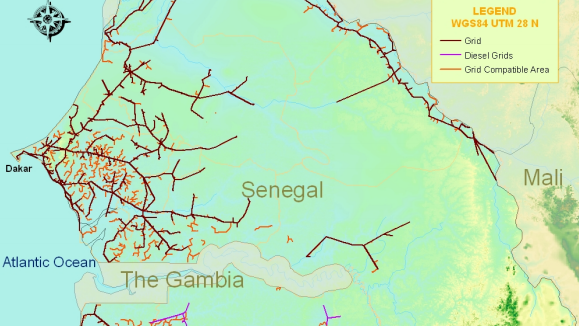Paper: Electricity Planning in Senegal
Abstract To achieve the Millennium Development Goals (MDG’s), all households in sub-Saharan Africa will need to have access to basic infrastructure services. The challenge in meeting this goal is in bringing this access while simultaneously driving down the costs. With an understanding of cost drivers and the implications of achieving scale it becomes possible to plan a pathway to successful infrastructure services access expansion. The analysis presented in this paper addresses the issue of local and national electricity distribution planning in Senegal using a model that identifies cost drivers of targeted electrification, providing useful policy guidance to both national and local planners. A sensitivity analysis was conducted to capture connection cost and coverage (access) variations as a function of demand, fuel, and policy uncertainties. The local (an area of 400 sq km in northern Senegal) and national case studies of Senegal yields the following key results. For both case studies, a high percentage (20-50%) of the currently non-electrified population live in areas where grid expansion is more cost favorable than the decentralized energy supply technologies. Expansion outcomes (costs and access) are very sensitive to demand levels and capital cost of Medium Voltage lines and transformers.



